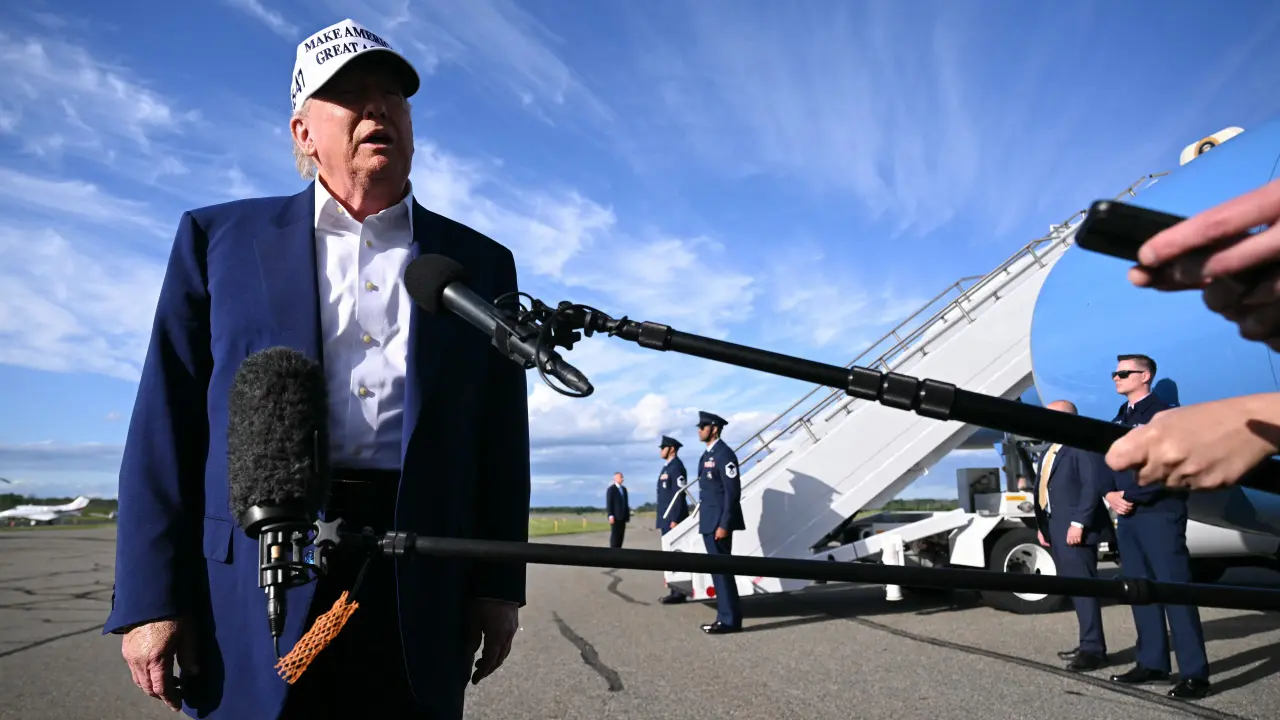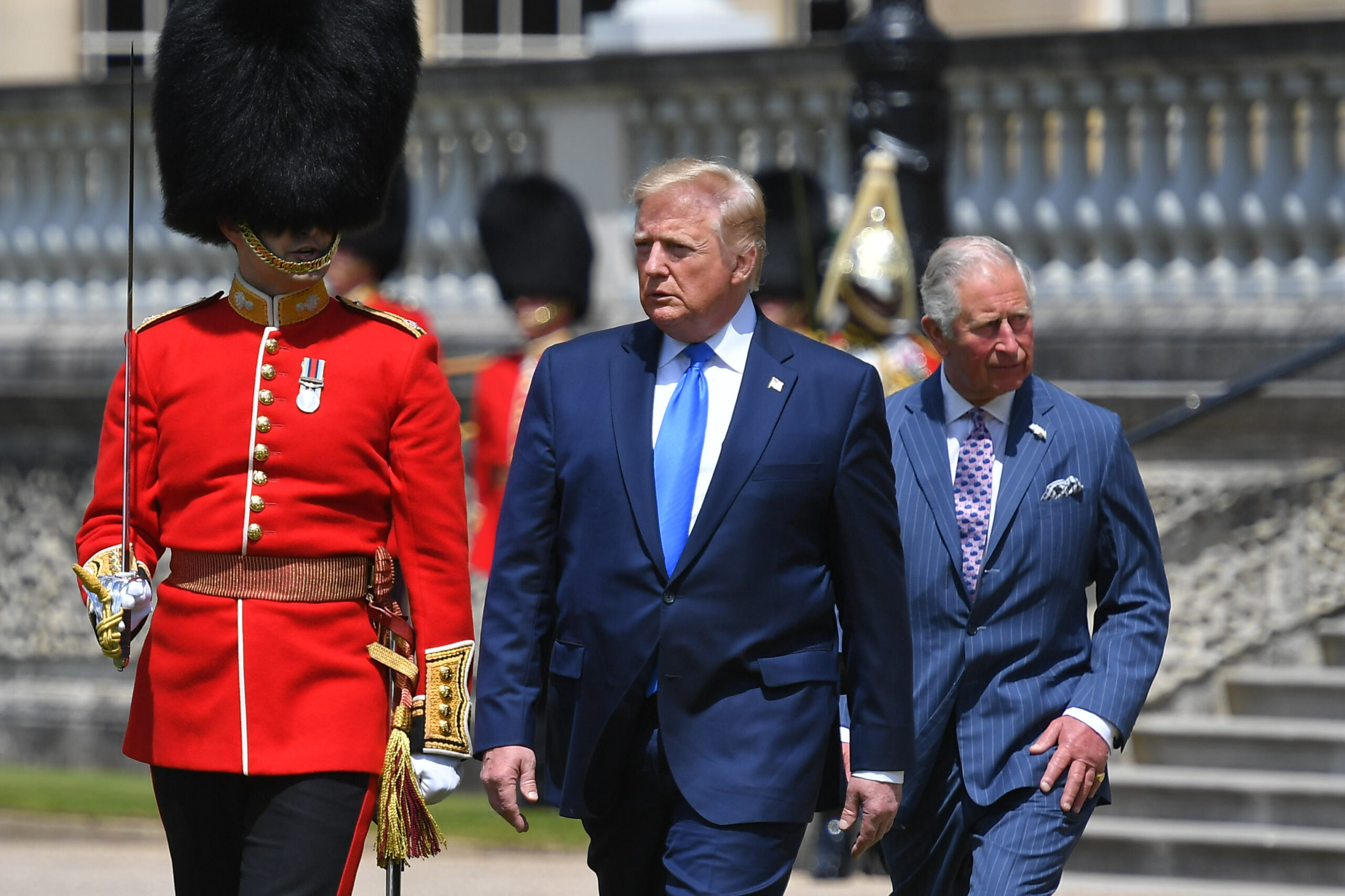In a move that temporarily eases transatlantic trade tensions, former U.S. President Donald Trump announced he would delay imposing a threatened 50% tariff on the European Union (EU) until July. The decision comes amid ongoing disputes over trade imbalances, automotive tariffs, and broader economic competition between the U.S. and Europe.
Trump, who has long advocated for aggressive trade policies to protect American industries, had previously warned of steep tariffs on European goods, particularly automobiles, if the EU did not make concessions in trade negotiations. The delay suggests a possible willingness to engage in further discussions rather than immediately escalating a trade war that could harm both economies.
Background of U.S.-EU Trade Tensions
Trade relations between the U.S. and the EU have been strained for years, particularly during Trump’s presidency (2017-2021), when his administration imposed tariffs on European steel and aluminum, citing national security concerns. The EU retaliated with tariffs on American products such as bourbon, motorcycles, and agricultural goods.
One of the most contentious issues has been the automotive sector. Trump has repeatedly criticized the EU for what he perceives as unfair trade practices, including high tariffs on U.S. cars while European automakers benefit from lower U.S. import duties. He has threatened to impose tariffs as high as 50% on European vehicles, a move that could significantly disrupt the auto industry and raise prices for American consumers.
Why the Delay?
The decision to postpone the tariffs until July could be driven by several factors:
-
Negotiation Window – The delay provides additional time for U.S. and EU trade officials to negotiate a potential compromise. Trump has often used the threat of tariffs as leverage in trade talks, and this move may be an attempt to push the EU toward concessions.
-
Economic Considerations – A sudden 50% tariff would likely trigger immediate EU retaliation, harming U.S. exporters and potentially destabilizing markets. By delaying, Trump may be assessing the broader economic impact before making a final decision.
-
Political Timing – With the U.S. presidential election approaching, Trump may be weighing the political consequences of aggressive trade actions. While his base supports tough trade policies, businesses and consumers affected by higher prices could push back.
-
Global Supply Chains – Many U.S. and European companies operate within deeply integrated supply chains. A drastic tariff hike could disrupt production, particularly in the auto sector, where manufacturers rely on transatlantic parts sourcing.
Potential Consequences of the Tariffs
If implemented in July, the 50% tariff would have significant repercussions:
-
Higher Consumer Prices – European cars, including brands like BMW, Mercedes-Benz, and Volkswagen, would become substantially more expensive in the U.S., potentially reducing sales and hurting dealerships.
-
EU Retaliation – The EU has already prepared a list of U.S. goods it would target in response, including agricultural products, technology, and machinery.
-
Stock Market Volatility – Investors could react negatively to heightened trade tensions, leading to market fluctuations.
-
Long-Term Trade Rifts – Escalating tariffs could push the EU to deepen trade ties with China and other markets, reducing U.S. influence in global trade.
Will a Deal Be Reached Before July?
The delay offers a crucial opportunity for negotiations. The EU has expressed willingness to discuss trade reforms but has also made it clear that it will not be bullied into unfair agreements. Key areas of discussion may include:
-
Reciprocal Tariff Reductions – The EU may propose lowering auto tariffs if the U.S. does the same.
-
Regulatory Alignment – Both sides could work toward harmonizing standards to ease trade in sectors like pharmaceuticals and technology.
-
Digital Services Taxes – Another point of contention has been Europe’s digital tax policies, which U.S. tech companies oppose. A broader trade deal could address these issues.
However, reaching an agreement will be challenging. Trump’s “America First” approach prioritizes U.S. interests over multilateral cooperation, while the EU prefers structured, rules-based trade frameworks.
Conclusion
Trump’s decision to delay the 50% EU tariffs provides a temporary reprieve but leaves the threat looming over the summer. The coming weeks will be critical in determining whether the U.S. and EU can negotiate a compromise or if a new trade war will erupt, with far-reaching consequences for both economies. Businesses, investors, and consumers will be watching closely as the July deadline approaches.



